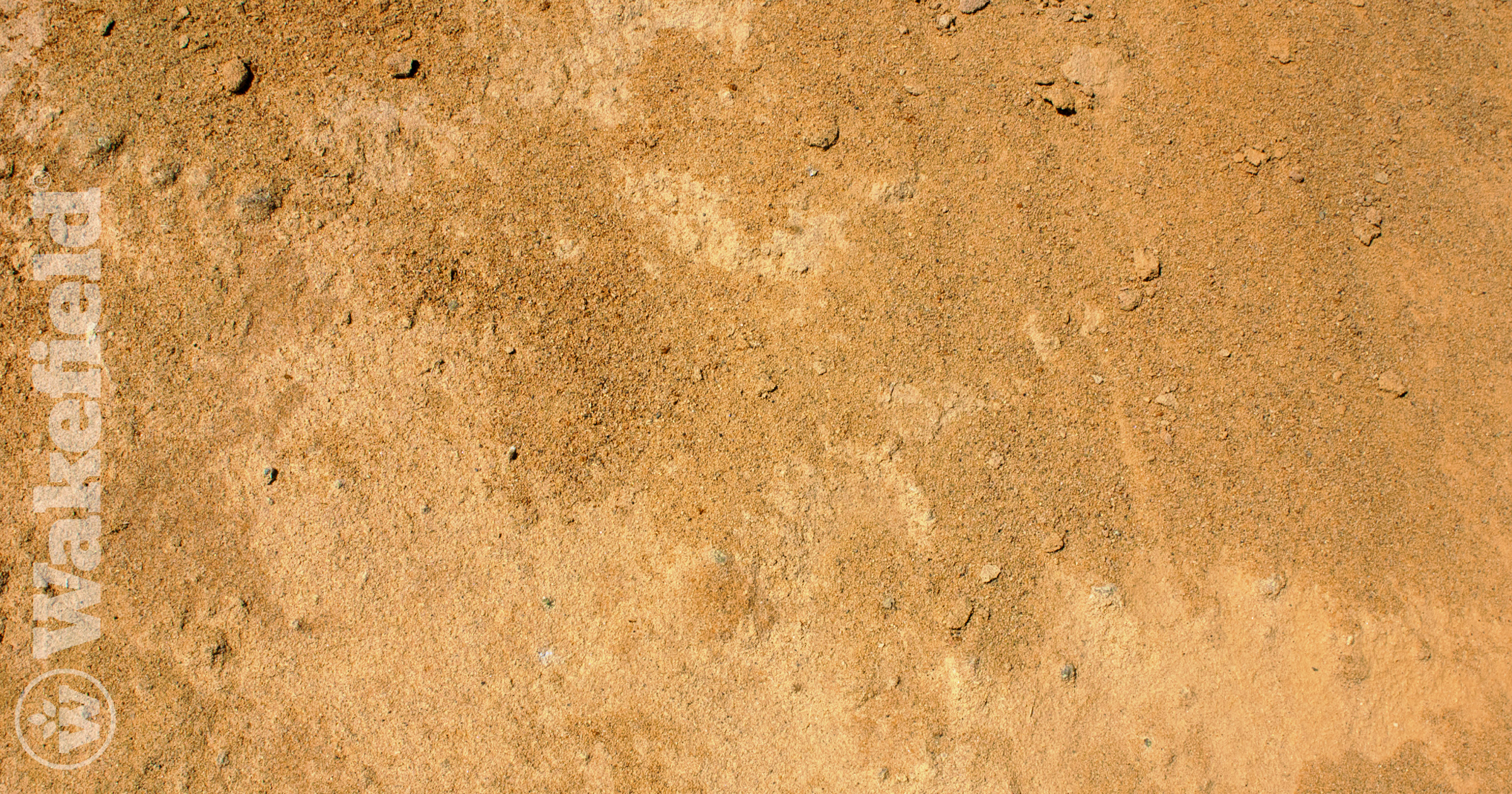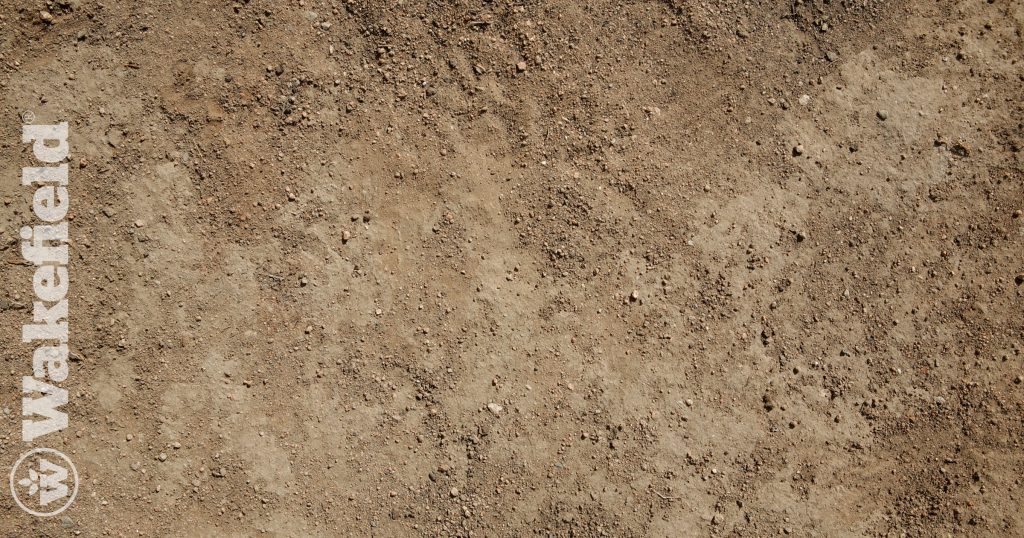Sandy Soil Conditions

Growing plants in sandy soil, also known as light soil, presents some challenges. This type of soil doesn’t hold water well and lacks essential nutrients. However, with Wakefield BioChar, you can improve sandy soil so your plants, gardens, trees, or lawns can thrive. Our biochar is a plant-based, all-natural soil conditioner made entirely from recycled wood that keeps your soil healthier year after year.
Identifying and Understanding Sandy Soil
Sandy soil is one of the easiest soil types to identify. Pick up a handful and feel its texture. If it feels gritty and quickly runs through your fingers, it’s likely sandy soil. You can also do a simple settling test using a large glass jar, a cup of soil, and water. Put the soil in the jar, fill it with water, shake it well, and let it sit for at least eight hours. If the water becomes clear, you have sandy soil.
This soil type is formed by the erosion and weathering of rocks and mainly consists of silicate minerals like quartz or feldspar. It contains small amounts of essential minerals and has the largest particles, making it very porous. Water moves through it quickly, leading to low organic matter and making plants vulnerable to drought. Despite these challenges, sandy soil has good aeration and drainage, is not sticky, and offers a long growing season starting in early spring.
Benefits and Challenges of Sandy Soil
Sandy soils present various gardening and agricultural challenges, including:
- Rapid water drainage: Sandy soils dry up quickly after rain, which is not ideal for most plants.
- Nutrient leaching: Nutrients in sandy soil leach out fast due to its ability to drain water quickly.
- Wind erosion: Sandy soil is more susceptible to wind erosion because of its coarse texture and weak aggregates.
- Acidity: Sandy soils are usually acidic, making it difficult to grow plants that prefer alkaline conditions.
However, sandy soil does have some positive characteristics, such as good aeration and drainage, no stickiness, and a long growing season starting in early spring.
Amending Sandy Soil with Biochar
Biochar improves sandy soil in several ways. Incorporating biochar into sandy soils increases the surface area, strengthens hydrophobicity at lower temperatures, and increases micropores to maximize gap spaces. Biochar also helps retain nutrients, preventing runoff and fertilizer leaching. This means less need for watering and fertilizer, reducing the overall workload while boosting soil productivity.
Adding biochar to sandy soil increases its available water capacity. Biochar reduces the space between soil particles, enhancing water retention and decreasing nutrient leaching. When used with compost, biochar adds nutrients and increases the number of beneficial microorganisms, reducing soilborne pathogens.
Learn More from Wakefield BioChar
At Wakefield BioChar, we offer premium biochar products, including a compost and biochar combination and premium compost. Choose the right biochar for your soil’s needs and improve sandy soil for higher productivity in your garden.
Better Soil. Better World.







